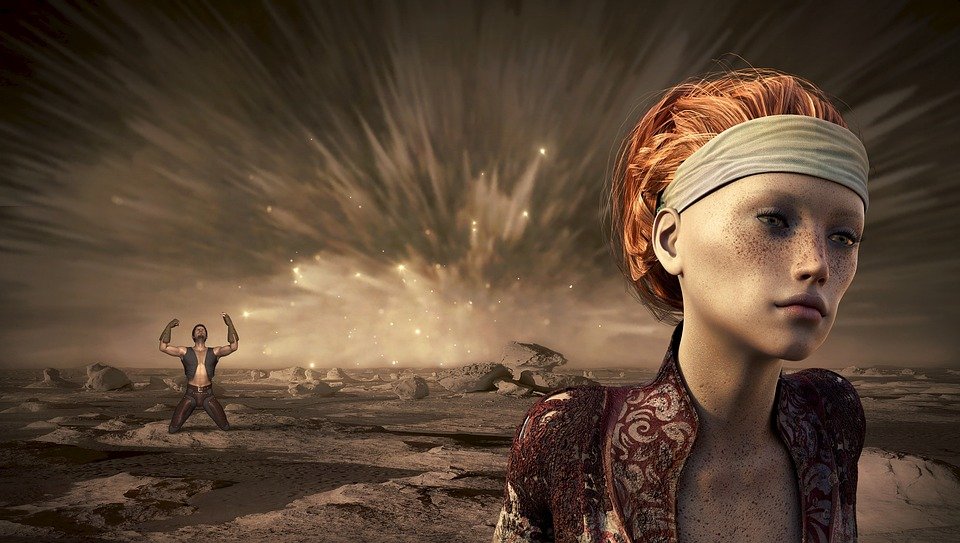Nested Singular Universes: A Deeper Look into the Fabric of Reality
Introduction
The nature of reality has been a subject of fascination and contemplation for centuries. Humans have always sought to understand the fundamental truths that govern our existence. In recent years, a concept known as Nested Singular Universes has gained traction among physicists and philosophers alike. This article aims to delve into the depths of this fascinating theory and explore its implications for our understanding of the fabric of reality.
The Basics of Nested Singular Universes
Nested Singular Universes propose that our reality is not the only one that exists, but rather one of many nested within each other. Each universe operates under its own set of physical laws, dimensions, and constraints. These nested universes may be similar or vastly different from one another, creating an intricate tapestry of parallel realities.
The Multiverse Hypothesis
Nested Singular Universes find their roots in the concept of the multiverse hypothesis. This hypothesis suggests that there are multiple universes existing simultaneously, each with its own unique properties. The concept of nested singular universes takes this a step further by proposing that these universes can be arranged in a hierarchical structure, with larger universes containing smaller ones.
Dimensions and Laws of Physics
Each nested universe may possess its own set of dimensions and laws of physics. While our universe operates under the familiar laws of general relativity and quantum mechanics, other universes may have different fundamental forces, constants, and physical properties. This variation in laws and dimensions gives rise to the incredible diversity of realities within the multiverse.
Exploring the Implications
The concept of nested singular universes has profound implications for our understanding of reality. It challenges the notion of a single, objective reality and suggests that there is an infinite array of possibilities coexisting with our own. Some of the implications worth exploring include:
1. The Nature of Consciousness
If nested singular universes exist, it raises questions about the nature of consciousness. Could consciousness extend beyond our own universe? Are there beings in other universes experiencing their own conscious realities? Exploring these questions can lead to a deeper understanding of the nature of consciousness and our place within the grand tapestry of existence.
2. The Origin of the Universe
Nested singular universes also have implications for the origin of our universe. If universes are nested within each other, it becomes plausible that our universe could have originated from another, larger universe. This idea challenges traditional cosmological models and opens up new avenues for research into the birth of our universe.
3. Parallel Realities and Alternate Histories
The existence of nested singular universes suggests the possibility of parallel realities and alternate histories. Each universe within the multiverse could follow a different course of events, leading to countless variations of reality. Exploring these alternate histories can provide valuable insights into the fundamental laws of physics and the delicate balance that allows our universe to exist as it does.
FAQs
Q1: Is there any scientific evidence for nested singular universes?
A: While there is currently no direct empirical evidence for nested singular universes, the concept is rooted in theoretical physics and cosmology. The multiverse hypothesis, upon which nested singular universes are built, is supported by various mathematical models and observations such as cosmic inflation and quantum mechanics. However, further research and experimentation are required to provide concrete evidence for this intriguing concept.
Q2: Are nested singular universes just science fiction?
A: While the concept of nested singular universes has often been explored in science fiction literature and movies, it is also a subject of serious scientific inquiry. Many respected physicists and cosmologists have engaged in the study of the multiverse and its implications, contributing to the growing body of knowledge surrounding this field. Although it is still a topic of ongoing research, nested singular universes are far from mere science fiction.
Q3: Can we ever observe or interact with other nested universes?
A: The possibility of observing or interacting with other nested universes remains an open question. Since each universe operates under its own set of physical laws, it is currently unclear whether such interactions are possible. However, some theoretical models suggest the existence of “bridges” or “wormholes” that could potentially connect different universes, allowing for communication or travel between them. These ideas are purely speculative at this stage and require further investigation.
Conclusion
Nested Singular Universes provide a captivating perspective on the nature of reality. By suggesting the existence of a multiverse composed of nested universes, this theory challenges our traditional understanding of the cosmos. While much remains to be explored and understood, the concept of nested singular universes opens up exciting possibilities for unraveling the mysteries that lie beyond our own reality.

